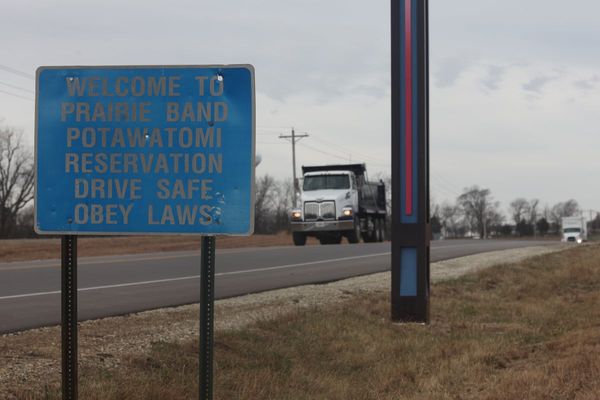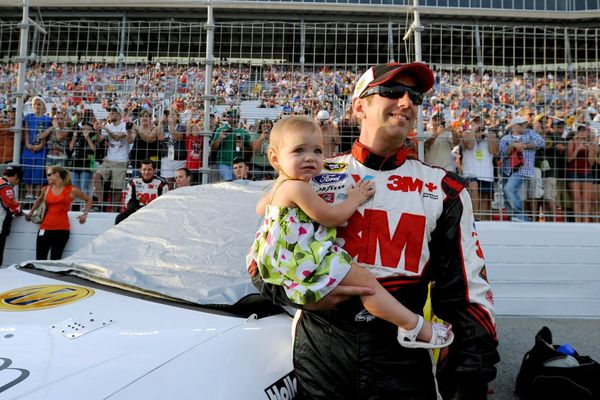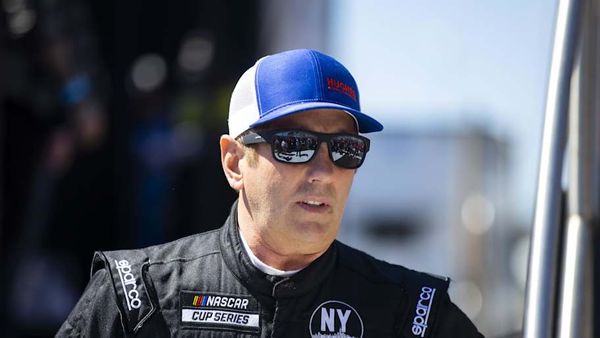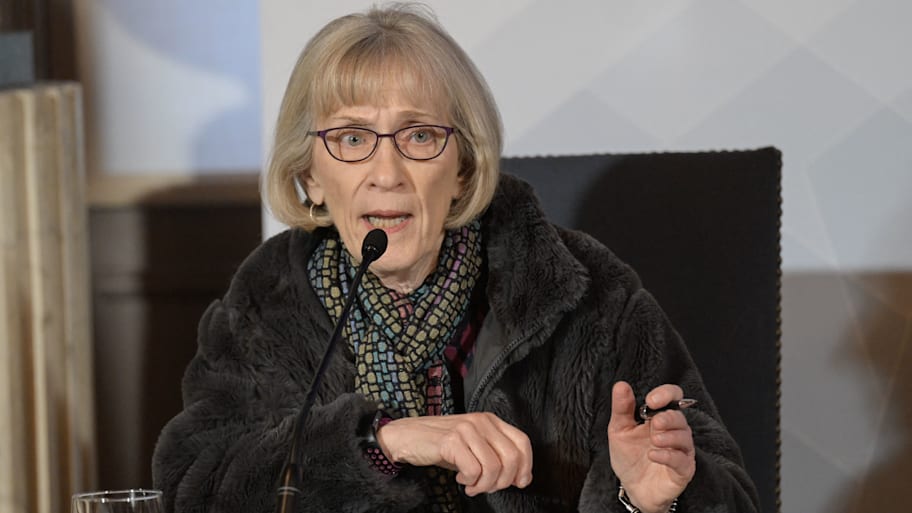
Claudia Goldin does not attend many sporting events. It has simply never been a priority for the 79-year-old Harvard economist. But she has made two exceptions in the last year. The first came when the Red Sox invited her to throw out a ceremonial first pitch after she won the Nobel Prize. (“I practiced for weeks,” she says, proudly noting that her work showed in her good aim.) And the second came this past week. Goldin came out to Indianapolis for WNBA All-Star weekend.
This was the first women’s basketball game that she had ever attended. It was just one of a slew of new activities lately for the professor. Goldin is advising the Women’s National Basketball Players’ Association in its negotiations for a new collective bargaining agreement. The Nobel laureate has never advised a union before, she has never worked in or around professional sports, and she has never shown up early to a game to buy a jersey. She has now done all of the above.
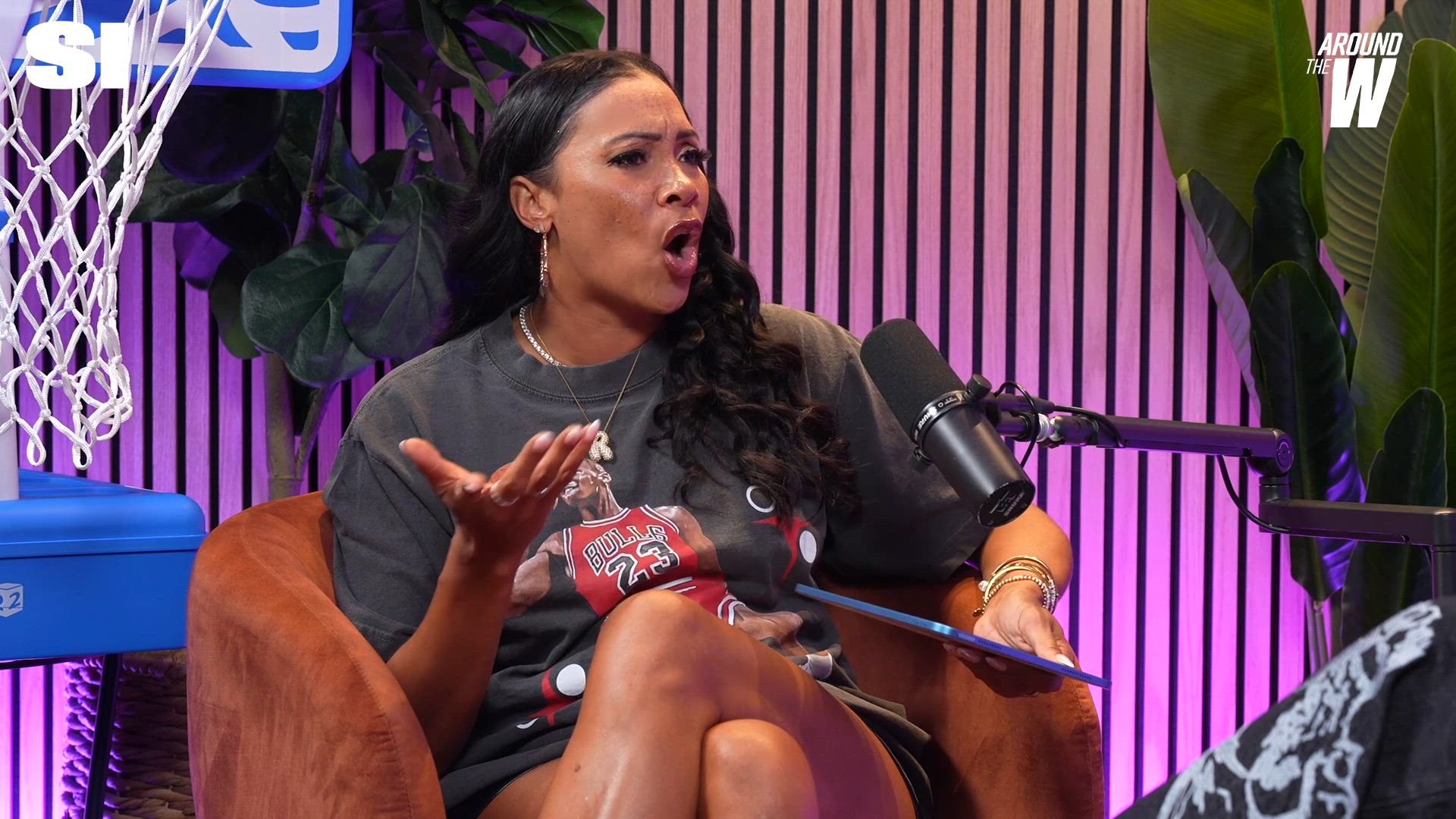
“And I’ve been having a phenomenal time,” Goldin says with a grin, walking the concourse with a reporter while her husband, fellow Harvard economist Lawrence Katz, held down their seats.
Goldin’s presence was a sign of a new approach for the WNBPA. As it navigates a contract negotiation with more clout, more visibility and more at stake than ever before, the union has brought in a set of advisers. WNBPA executive director Terri Carmichael Jackson originally reached out to Goldin last summer—a few months before the players had announced they would opt out of their CBA. That cold email came amid the onslaught of requests and offers following the announcement that she had won the Nobel. (“If I gave you the number, it would sound absurd,” Goldin says.) She ultimately decided that she wanted to accept just three of those many opportunities.
She would throw out the aforementioned first pitch for the Red Sox, she would appear on NPR’s Wait Wait... Don't Tell Me!, and she would become an economic adviser to the women of the WNBA.
“I thought that there was something that could be done,” Goldin says. “They needed someone who could really figure out the numbers.”
It was in some ways a natural fit. Goldin’s work focuses on the role of women in the American economy. She has spent decades publishing on various aspects of the subject and was awarded the Nobel “for having advanced our understanding of women's labor market outcomes.” (Goldin was the first woman to be named a solo recipient of the prize for economics.) This represented a new context for her. But it was a very familiar question.
She published some of her work last month in a guest essay in the New York Times. In looking at broadcast revenue, attendance data and other metrics, Goldin estimated the average WNBA salary could be somewhere between 1/3 and 1/4 that of the average NBA salary. Instead, the figure is much smaller, at 1/80. That gap represents the crux of the issue for the professor.
“How could that be?” she wrote. “The most likely explanation is that the WNBA is not receiving the full value it contributes to the combined NBA and WNBA enterprise revenue.”
The response to the essay was striking, Goldin said, and somewhat vitriolic. She repeatedly encountered the assumption that WNBA players were bargaining for their salaries to match those in the NBA. But that is not how players are framing this question, and it never has been, she points out.
“This is about equity,” Goldin says. “It’s not about equality, it’s about equity.”
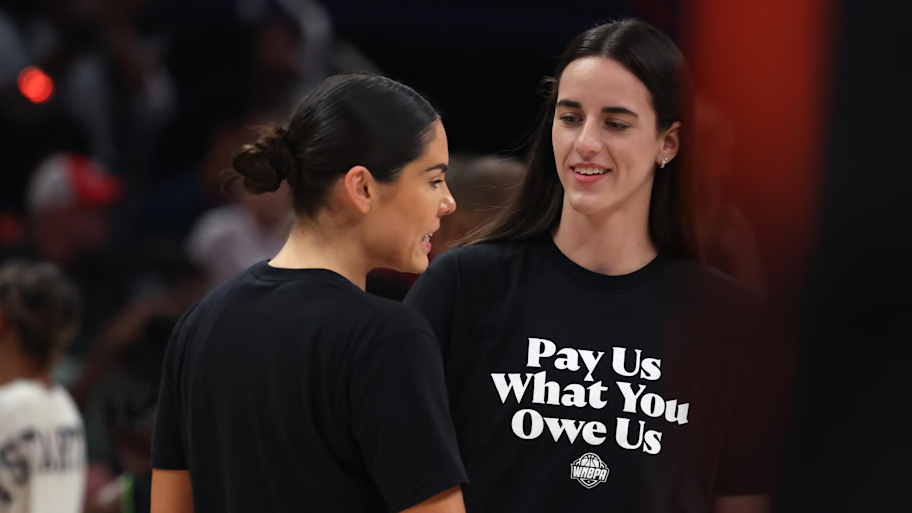
It’s not a new conversation for the league. But it has never been made quite so public before. There are three months before the current CBA expires on Oct. 31. But the union is staking out its positions far more openly and further in advance than has been the case in past negotiations. (The battle over the last CBA, signed in 2020, certainly did not include a Nobel laureate publishing salary research in the New York Times.) It meant the question of labor was unusually central throughout All-Star weekend. As the league has grown, the union has positioned itself for a different, more demonstrative kind of negotiation.
Goldin was in attendance for both the Thursday afternoon bargaining session between the WNBA and WNBPA and for the Saturday morning breakfast meeting where players decided to wear T-shirts during warmups reading “Pay Us What You Owe Us.” She has enjoyed working alongside the players, she says, and she has found they have taught her as much as she has taught them.
“I’ve learned a lot of basketball,” Goldin says. “I’ve learned about how good they are, and how they really are a community, and I think that shows on the court.”
After watching more of the sport on television over the last year, Goldin found herself excited for the chance to see the action live for the first time at the All-Star Game. She knew what it was like to watch the players in preparation for the bargaining table. She next wanted to catch them on the court. Her involvement with the union in the first place was a sign of how much the economic landscape of the league has changed in the last two years. Now, she had a chance to be just another fan.
“There’s just something about them,” she said. “I just want to watch.”
And that jersey she bought? Goldin does not play favorites among the players she is working alongside, but surveying the options at the team store on Saturday, there was one she had to pick. She grabbed the All-Star jersey of Fever center Aliyah Boston. For how could the long-time Harvard professor resist one that read “BOSTON”?
More WNBA on Sports Illustrated
This article was originally published on www.si.com as In Search of Equity, WNBA Players Have a Nobel Laureate on Their Side .

